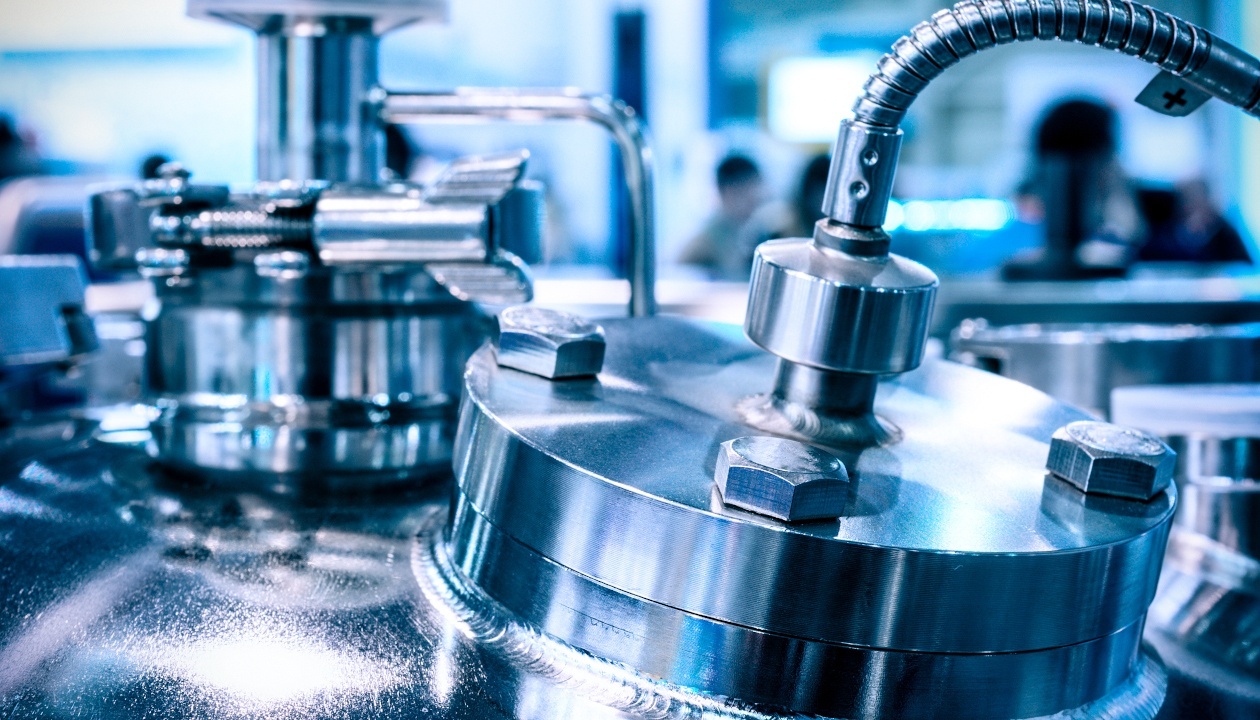The Renaissance painter, draftsman, and engineer Leonardo da Vinci is responsible for the earliest documented theory of pressure vessel design. In 1495, his theory was recorded in the Codex Madrid I. Da Vinci’s outlined method used “containers carrying pressurized air to lift weights underwater.”
This theory was imperfect and it took centuries, more design attempts, and dangerous accidents to develop safe pressure vessel designs. Today the ASME publishes the BPVC (Boiler and Pressure Vessel Code) and mandates the use of standard codes for the design and development of pressure vessels.
Within the ASME code, there are two possible approaches to designing pressure vessels. Keep reading to learn how design by rule (DBR) and design by analysis (DBA) compare.
First: An Introduction to Pressure Vessels
If you are interested in process piping training, you will gain hands-on experience in the design and drafting of pressure vessels. Although there are many elements to check against the ASME code to ensure safety, pressure vessels are exactly what their name suggests. They are containers that store or transmit gases, vapours, and liquids under pressure.
An important part of many industries, pressure vessels are used in chemical plants, petroleum product storage, mining, food processing, water treatment, and more. Essentially, pressure vessels enable many elements of modern-day life.
Pressure Vessel Design Considerations
Information presented in process piping drafting courses about pressure vessel design and the ASME code is critical because these processing systems are often used to store and transmit hazardous materials, so safety for all components is of the utmost importance.
According to Processing Magazine, one of the more common designs for pressure vessels “consists of a cylinder closed with end caps, known as heads, that are usually hemispherical.” It may sound simple, but there is more to it when you consider the components and variables, such as construction materials or what the vessels will have to contain.

Vessels are typically constructed using steel, but may also be fabricated with materials such as ceramics or polymers. The designer and the fabricators will consider the following requirements from the ASME code: reaction forces, static and dynamic pressures, residual and thermal stress, ambient and operational temperature, vessel weigh and contents, and corrosion.
Design by Rule or Design by Analysis
The difference between these two approaches for process piping drafting professionals boils down to the sections of the ASME code, which allow for both design by rule or design by analysis.
DBR, also known as design by formula, is sometimes referred to as a conservative method, but it is appropriate for designs where there are fewer geometric complexities necessary for the pressure vessel. One expert said, “if you are simply creating a tank without any extremely angled nozzles or sharp transitions, design by formula works best.”
DBA pressure vessels adhere to the part of the ASME code that permits the use of simulation tools to test and analyze designs. DBA may involve more complex formula calculations, and allow for optimization in manufacturing while also reducing production costs. For this reason, it is sometimes used in tandem with DBR. If you want to connect your creative passion with technical knowledge to learn more about this important aspect of many industries, then you will find a satisfying journey in pressure vessel design and process piping.
Are you ready to take the next steps toward success?
Your career awaits.



